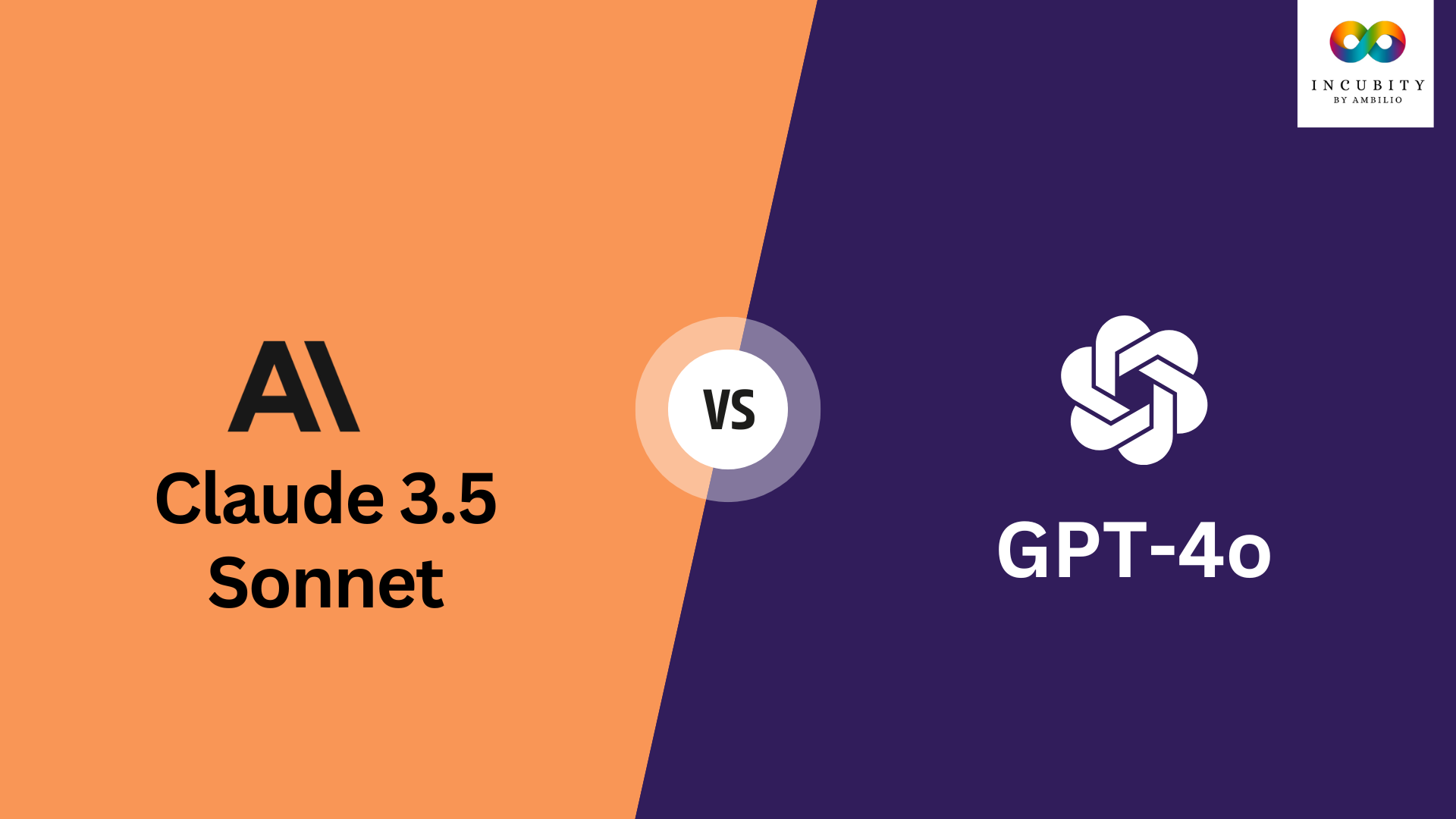In the dynamic realm of artificial intelligence, Anthropic’s Claude 3.5 Sonnet and OpenAI’s GPT-4o represent state-of-the-art advancements in large language models (LLMs). These models are adept at tackling a wide array of tasks, from natural language processing to intricate problem-solving scenarios. This article delves into a comparative analysis of Claude 3.5 Sonnet vs GPT-4o, highlighting their respective features and examining their applicability across various domains.
Overview of Claude 3.5 Sonnet
Claude 3.5 Sonnet, developed by Anthropic, emerges as a significant leap forward in AI technology, boasting enhanced capabilities in reasoning, coding proficiency, and visual understanding. Here are the top features that distinguish Claude 3.5 Sonnet:
- Advanced Reasoning and Cognitive Abilities: Claude 3.5 Sonnet excels in graduate-level reasoning tasks (GPQA) and demonstrates a deep understanding of nuanced language, complex instructions, and subtle humor. This makes it particularly suitable for applications requiring sophisticated language comprehension and generation.
- Coding Proficiency: Anthropic’s Claude 3.5 Sonnet has been benchmarked to solve agentic coding problems with a success rate of 64%, significantly outperforming its predecessors and competitors like GPT-4o. It can autonomously write, edit, and execute code, making it invaluable in software development and automated programming tasks.
- Visual Understanding: As Anthropic’s strongest vision model to date, Claude 3.5 Sonnet excels in tasks requiring visual reasoning. It can interpret and transcribe text from images, accurately analyze charts and graphs, and integrate visual data into its responses. This capability extends its utility to fields such as image recognition, data visualization, and content creation involving multimedia elements.
- Artifacts Integration: Anthropic has introduced an innovative feature called Artifacts, which allows users to interact directly with the content generated by Claude 3.5 Sonnet. This collaborative workspace capability enables real-time editing and enhancement of AI-generated documents, code snippets, and more, fostering a seamless integration of AI into productive workflows.
- Speed and Efficiency: Operating at double the speed of its predecessor, Claude 3 Opus, Claude 3.5 Sonnet offers enhanced efficiency without compromising on quality. This makes it suitable for real-time applications such as customer support chatbots, where responsiveness is critical.
Overview of GPT-4o
OpenAI’s GPT-4o, the latest iteration in the GPT series, brings forth several advancements over its predecessors, aimed at expanding its functionality across various modalities and improving response times. Here are the key features of GPT-4o:
- Multimodal Capabilities: GPT-4o integrates capabilities across text, audio, and visual modalities, enabling it to process and generate responses in multiple formats. This multimodal approach enhances its versatility in applications requiring interaction with diverse types of data.
- Faster Response Times: With an average response time of 320 milliseconds, GPT-4o approaches human-level responsiveness. This improvement is crucial for applications demanding real-time interactions, such as live chat support and voice-enabled assistants .
- Expanded Functionalities: GPT-4o extends its capabilities beyond traditional text-based tasks to include real-time conversation handling, question answering, summarization, and data analysis. It is designed to be a versatile tool capable of supporting a wide range of AI-driven applications.
- Language Understanding and Generation: The model showcases enhanced proficiency in understanding and generating natural language, with significant improvements in non-English language processing compared to previous iterations. This makes it suitable for global applications requiring multilingual support.
- Application Suitability: GPT-4o is well-suited for applications that benefit from its broad range of functionalities and multimodal capabilities. It excels in scenarios where real-time processing and interaction with diverse types of data are essential, such as virtual assistants, multimedia content creation, and automated data analysis.
Comparative Analysis: Claude 3.5 Sonnet Vs GPT-4o
To provide a clearer comparison between Claude 3.5 Sonnet and GPT-4o, let’s summarize their strengths and suitability across different applications in a tabular format:

Final Words
In conclusion, both Claude 3.5 Sonnet and GPT-4o represent significant advancements in AI capabilities, each excelling in distinct areas based on their design and intended applications. Claude 3.5 Sonnet shines in tasks requiring advanced reasoning, coding proficiency, and visual understanding, making it suitable for applications in software development, content creation involving multimedia, and complex data analysis.
On the other hand, GPT-4o’s strengths lie in its multimodal capabilities, fast response times, and broad functionality across text, audio, and visual domains, making it suitable for real-time conversational AI and multimedia applications. The choice between these models ultimately depends on the specific requirements and objectives of the application in question, emphasizing the importance of understanding their respective strengths and capabilities.
In the dynamic field of AI, continual advancements and refinements in models like Claude 3.5 Sonnet and GPT-4o underscore the ongoing evolution towards more capable and versatile artificial intelligence solutions.



